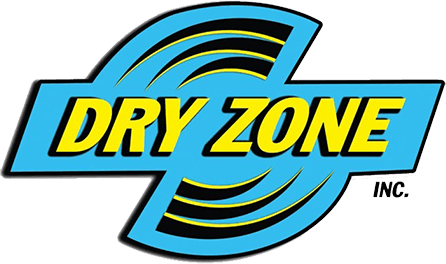If your home has been affected by a flood or water leak, the way you deal with it will affect how safe your home is, specifically the structure, in the days, weeks, and months afterward. Improperly drying the area can lead to additional problems such as mold and mildew growth or spreading bacteria throughout your home.
Learning about how structural drying works can help you see the value of hiring a professional flood damage restoration team to handle the job. What is structural drying? Here’s everything you need to know.
Here are a few things to keep in mind when drying out a building:
What is Structural Drying?
Structural drying is the process of removing moisture from the building materials and structure of a home or commercial building. This is done using a combination of fans, dehumidifiers, and other drying equipment. The goal is to remove as much moisture as possible to prevent mold growth and other secondary water damage.
What are the Phases of Structural Drying?
There are three main phases of structural drying: water extraction, airflow, and dehumidification.
Water extraction is the first step and involves removing as much water as possible from the affected area. This is typically done using a wet/dry vacuum or a submersible pump.
Airflow is the second step and involves using fans to circulate air around the affected area. This helps to evaporate the remaining water and helps to dry the area more quickly.
Dehumidification is the third step and involves using a dehumidifier to remove the remaining moisture from the air. This helps to prevent mold growth and further damage to the building.
What are the Potential Risks of Structural Drying?
There are a few potential risks associated with structural drying, including:
• Mold growth: If the area is not dried properly, mold can begin to grow. This can cause various health problems, including respiratory problems, skin irritation, and allergic reactions.
• Structural damage: If the area is not dried properly, the building materials can begin to warp, rot, or mildew. This can weaken the structure of the building and make it unsafe.
• Electrical hazards: If the area is not dried properly, the electrical wiring can become wet. This can create a fire hazard or an electrical shock hazard.
Conclusion
Structural drying is a process that is used to remove water from a structure. This can be done by using various methods, such as dehumidifiers, fans, and pumps. Structural drying is an important step in the restoration process, as it helps to prevent further damage to the structure and its contents.
Looking for water damage restoration services in Fort Myers? DryZone is the one to call! DryZone has emergency technicians on call 24 hours, 7 days a week for water extraction in Fort Myers that will be on-site within 30 minutes to start the damage cleanup. If you would like to get a free inspection performed to your property you can call DryZone at (239) 360-5207.


